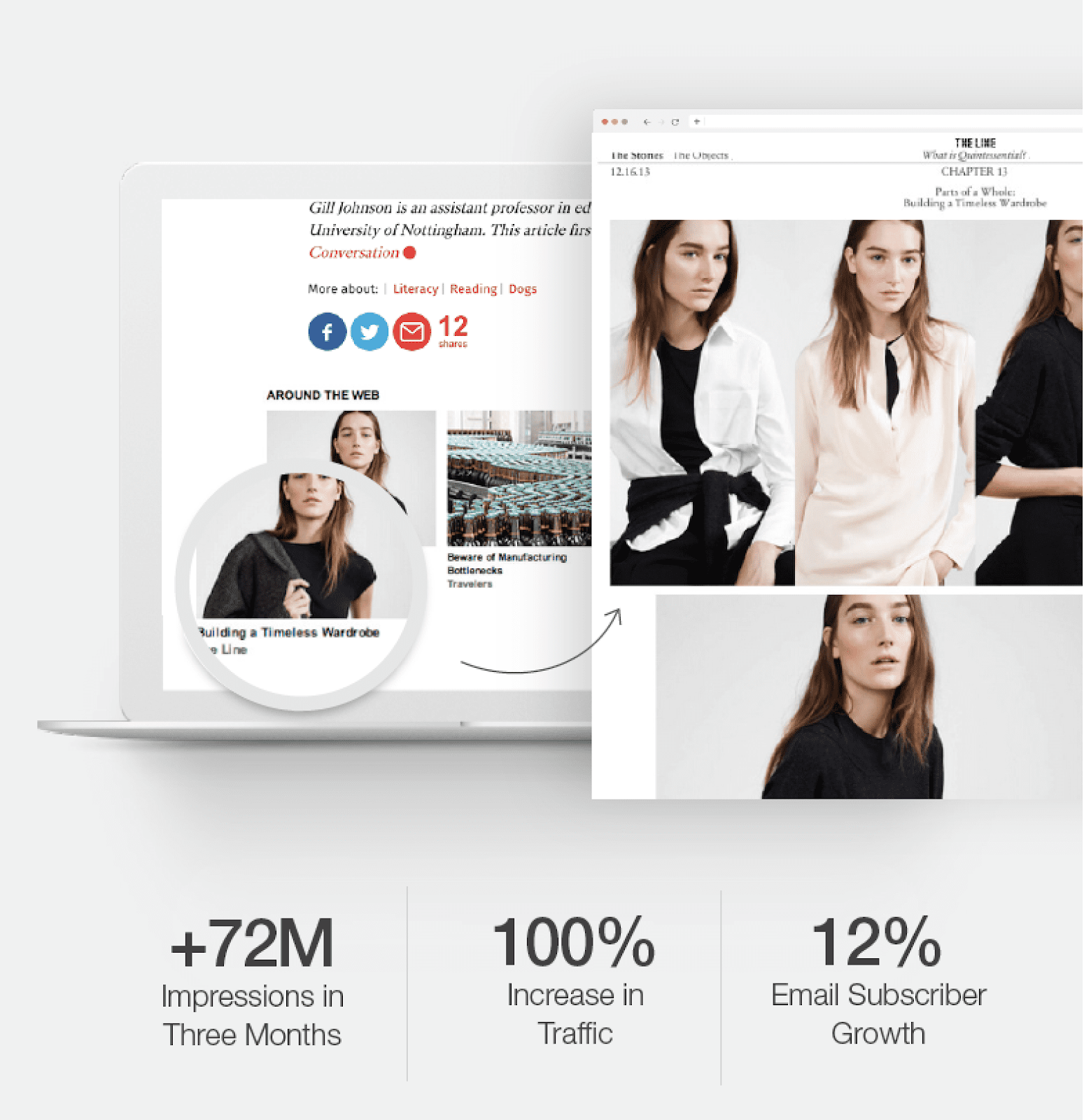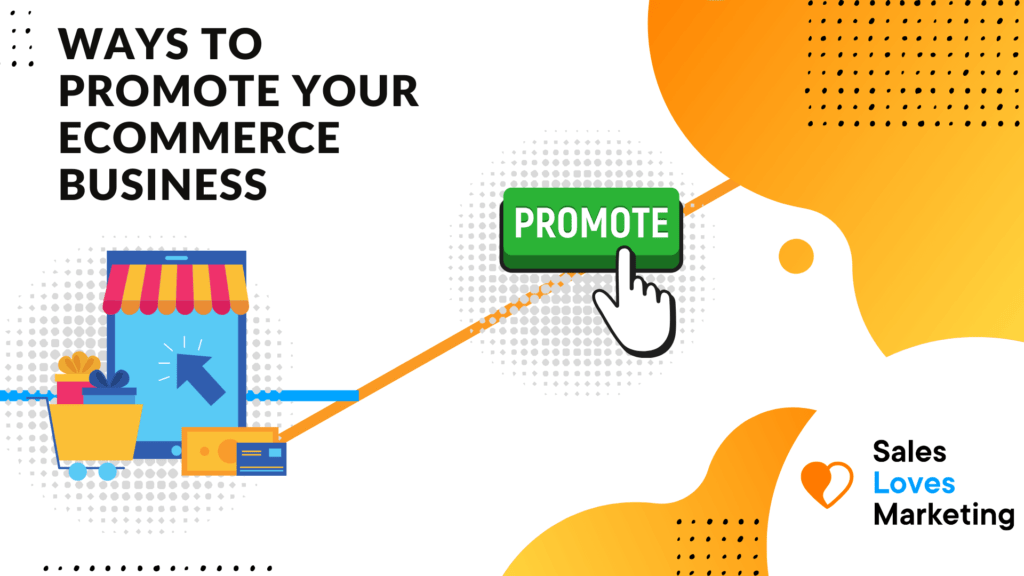We’re all familiar with standard techniques for promoting eCommerce sites, like having a strong online presence, using social media, and SEO. Though these strategies are great, they are used by almost every eCommerce business owner out there, creating a competitive marketplace. Strategies like SEO or PPC can also be quite expensive and time consuming.
In this article we will discuss a few lesser-known ways to promote your eCommerce business. The strategies we will focus on can help you meet your objectives faster and at a relatively lower cost. Implementing these will give you an edge over competitors and improve your profitability.
1. Create Blog Posts About Product Alternatives
ECommerce businesses do not always have a blog. Their SEO is often focused on building backlinks to their product pages. This is difficult to execute since there isn’t a reason for top authority blogs and websites to link to a product page. Many eCommerce sites run a blog in the hopes of promoting their coupons or writing industry-focused articles that generate traffic from search engines.
One strategy that is less common among eCommerce stores is to create blog posts about product alternatives. This technique is quite popular among top SaaS businesses, but it is also effective for promoting your eCommerce products. You can choose a list of top products in your niche, perform keyword research, and create blog posts on alternatives to these products.
For instance, suppose that you sell travel adventure cameras on your site. Creating a blog post around “Best GoPro alternatives” can be a great way to draw traffic to your site and promote your products.

This works brilliantly because users are always looking for cheaper alternatives to the top products in your niche. Another great benefit to this strategy is that the users searching for these keywords have high purchase intent, meaning the chances of a conversion is relatively high.
2. Promote Discounts on “Music on Hold”
“Music on hold” is a feature where a recording of music is played when an incoming caller is put on hold while your customer service representative attends to other callers. You can make use of this feature to promote discounts or membership plans.
Customers calling you are often unhappy customers, and putting them on hold makes them even more frustrated. Customers may even hang up the call out of impatience or anger. These customers may leave negative reviews for your brand, and your customer retention rate might be affected.
To prevent this frustration, you may use the on-hold time to promote exclusive offers on your products. You may also go one step further and offer them a coupon that commensurates with their waiting time. This makes your customers more likely to not let such experiences influence their shopping decisions.
Through on-hold marketing, not only are you reducing the hang-up rates, but you’re also improving customer retention. This is a great, yet lesser-known way to promote your products and reduce customer churn.
3. Use Native Ads
Native advertising is a useful way to promote your eCommerce business without being too disruptive. Through native ads, you can reach out to a large set of customers, and you can attain higher conversion rates compared to PPC ads.
According to MediaRadar, native display ads produce Click-Through Rates (CTRs) that are 8.8 times higher compared to typical display ads. Native ads enable you to see reduced Cost Per Customer (CPC) rates and improve on brand affinity.
The greatest benefit is that you can use native ads to target users from almost every stage of your funnel: awareness, consideration, and decision. For the awareness stage, you can expose your products to users who might be unaware but interested in your products. You can target users in the consideration stage by promoting a discount or by highlighting your products’ value proposition. Similarly, for the final decision stage, you can retarget your website visitors with visually-appealing native ads.
A great example of this would be the native advertising strategy used by an online boutique, The Line, with an aim to reach a new audience and improve brand awareness. They saw a 100% increase in traffic and 12% growth in the number of email subscribers through this campaign.

4. Launch on Top Marketplaces as an SEO strategy
As an eCommerce business owner, you know the struggles of generating traffic to your eCommerce site and converting those visitors into customers. It will take you a considerable amount of time and money to have a steady flow of incoming traffic. Subsequently earning the trust of these visitors can take even longer.
Recommended Reading: How to do Keyword Research for SEO
There is another way to gain access to millions of users and build trust with them in a shorter amount of time: by launching your products on top marketplaces such as Amazon, Etsy, eBay, Poshmark, Mercari, etc.
A great perk of using this strategy is that it will also help you with SEO. These marketplaces usually have very high domain authority. The downside to this strategy is that these marketplaces take a cut of your profits, and you may even have to pay a recurring listing fee to reach a relatively wide audience. However, the higher volume of sales should compensate for the lost margins.
Even if you manage to build a few backlinks to your product listings from other websites, you’ll start ranking higher for your target keywords. This will mean an increase in traffic and conversions for your business.
5. Create Industry-Focused Social Media Accounts
Most eCommerce businesses have social media accounts of their own brand name to promote their products. Though it’s great to have these profiles, it’s also challenging for them to gain traction using organic strategies.
Instead, you can try to create industry-focused Instagram or Twitter accounts. Using these accounts, you can attract high-value leads by creating content specific to your industry. Through valuable content, you’ll be able to grow your followers at a much faster pace. While building your following, you can also promote your products extensively.
For example, if you sell sustainable home products on your store, you can create an Instagram account around sustainability and post valuable content that helps users switch to sustainable alternatives.

A benefit with this strategy is that you do not run out of content to share with your followers. You can schedule content in advance. Try for the best times of the day that work for your audience to grow your followers.
This way you will reach a large audience faster while using this platform to promote your products. This is a great way to gain a large social following and convert more customers by driving highly targeted traffic to your website.
6. Try and Review eCommerce Apps and Tools
The exponential growth of the eCommerce industry over the past few years has opened up a new ecosystem of third-party apps and resources that help business owners grow their stores and increase revenue.
Intense competition among these apps provides you with an opportunity to promote your own business. One way to do this is to collaborate with these apps and produce detailed case studies of their product and how it helps grow your business.
You can even outsource this to a freelancer for just a few hundred dollars per month. Such reviews are showcased by these apps on their own websites and can help you build backlinks and visibility through other websites. You can strike up similar collaborations with other eCommerce stores that target the same demographics but offer different products and solutions.

Conclusion
If you are done implementing the conventional eCommerce promotion strategies and are looking for some lesser-known ways to stand out in your niche, then the tips offered in this article are a must-try. With the help of these six lesser-known strategies for promoting your eCommerce business, you are bound to see improved brand awareness and a noticeable boost in your sales.
